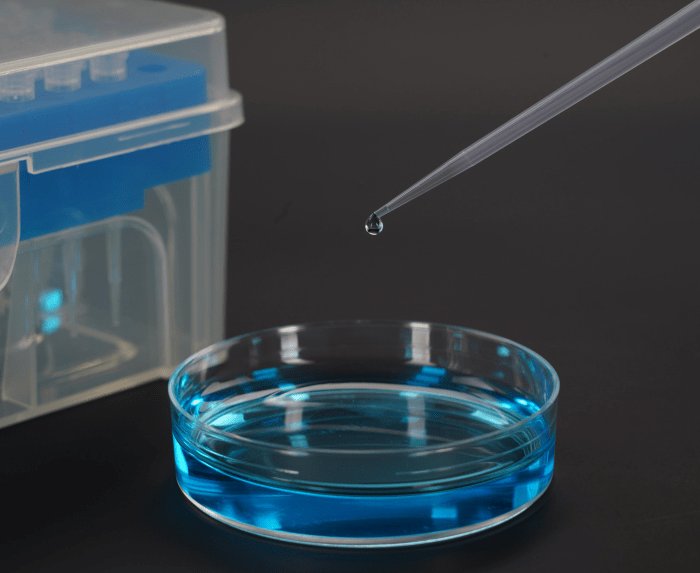How Often Should I Change My Pipette Tips?

To prevent contamination and guarantee precise and reliable results, pipette tips should be replaced after each sample. This is because the tip may contain contaminants that could affect a subsequent sample when it comes into contact with the sample. Reusing pipette tips can also result in pipetting errors because the liquid residue sticks to the inside of the tip. The following particular situations call for changing pipette tips:
l When pipetting different liquids: To prevent cross-contamination when pipetting different liquids, it's crucial to replace the pipette tip after each liquid.
l When pipetting viscous or sticky liquids: The accuracy of pipetting can be impacted by viscous or sticky liquids adhering to the inside of the pipette tip. It's crucial to replace the pipette tip after pipetting a viscous or sticky liquid more than once.
l When pipetting sensitive reagents: Even minute quantities of other substances have the potential to contaminate sensitive reagents. After pipetting a sensitive reagent, it's crucial to replace the pipette tip.
Generally speaking, changing pipette tips often is a good idea to prevent contamination and guarantee precise and reliable results. This is particularly crucial when handling pricey or delicate reagents.
- Art
- Causes
- Crafts
- Dance
- Drinks
- Film
- Fitness
- Food
- Jogos
- Gardening
- Health
- Início
- Literature
- Music
- Networking
- Outro
- Party
- Religion
- Shopping
- Sports
- Theater
- Wellness


